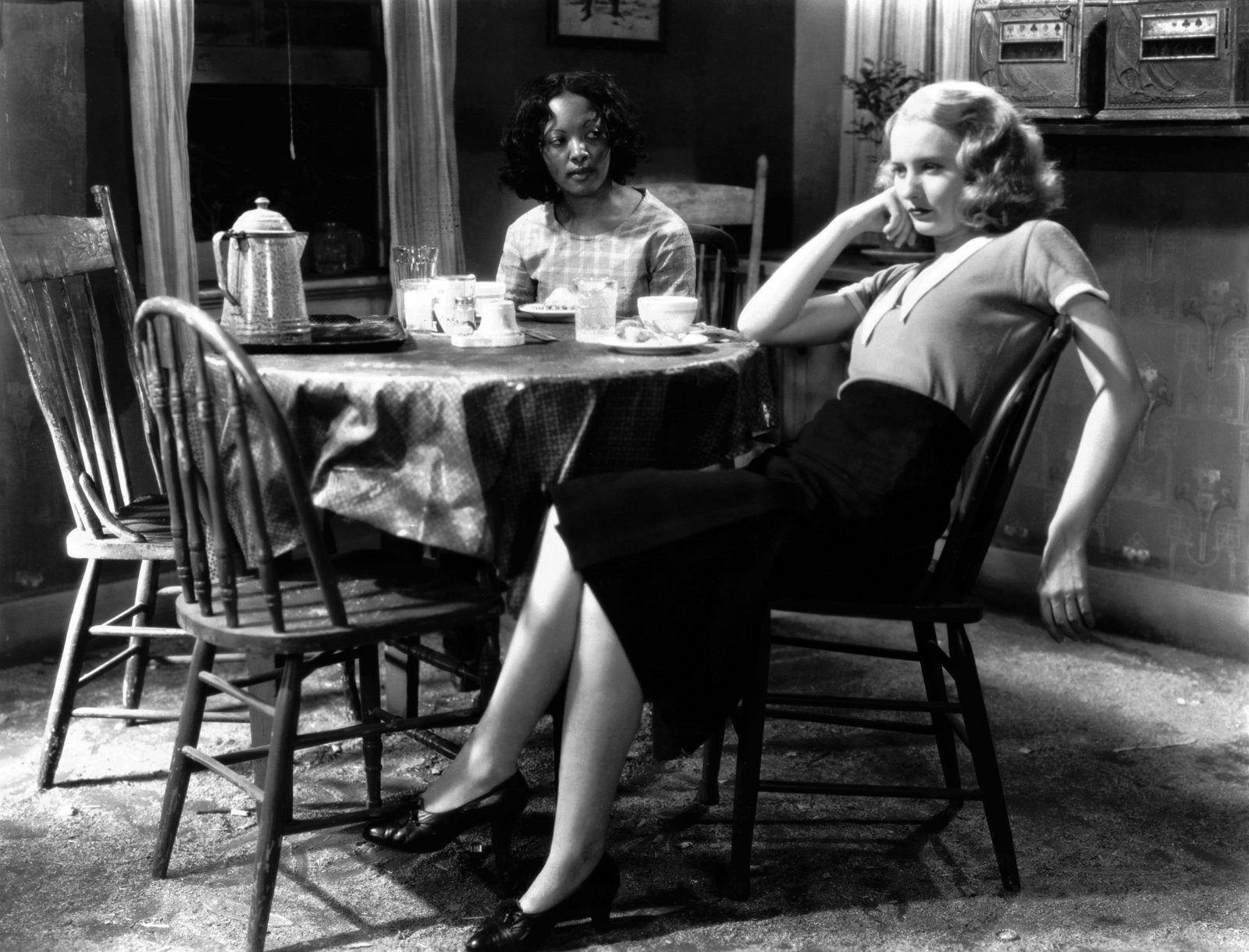Hollywood’s Golden Age
COURSE NOTES
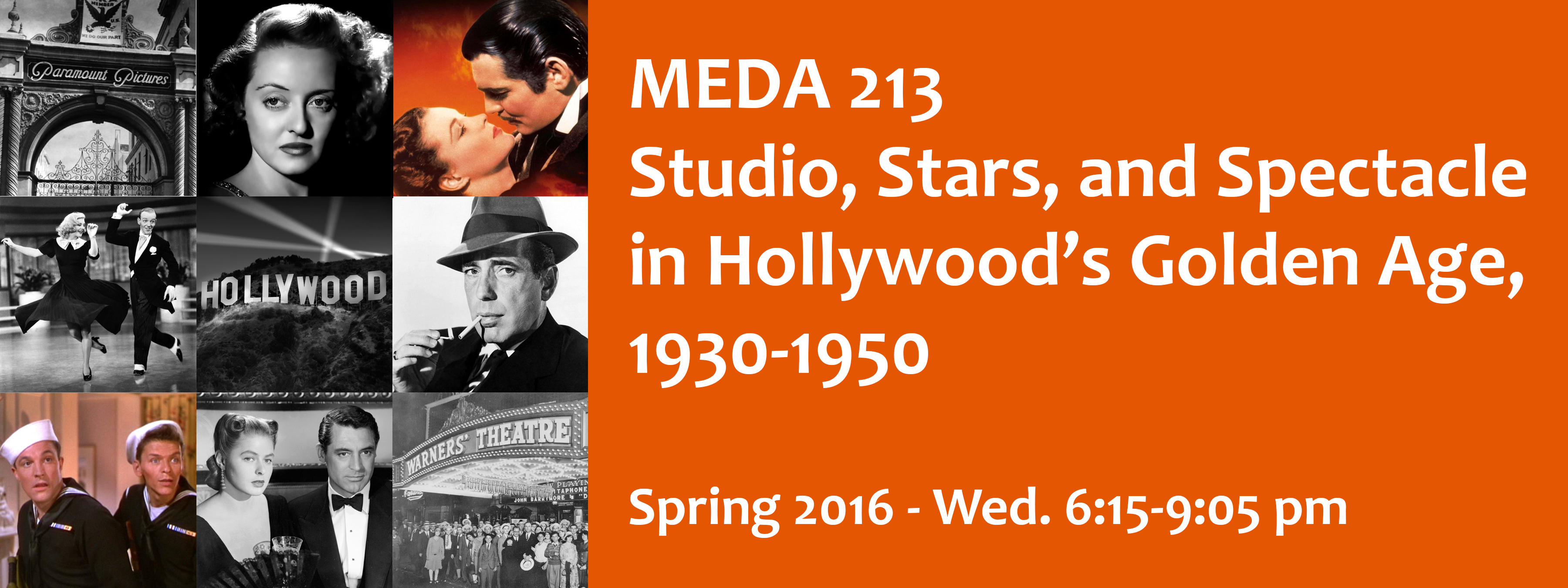
Professor’s Notes
Of all the courses I teach, this is the one that feels most like a course in American history. In this course, we focus exclusively on a twenty year period of tumultuous times—the Great Depression, World War II, the beginning of the Cold War—through the lens of the motion picture industry during its growth.
—Steven DeRosa
Course Details
This course offers an in-depth study of the formative years of Hollywood as the film capital of the world. It is an examination of the rise of the studio system of production, of institutional glamour, and the Hollywood star system. This in-depth historical study covers the major directors, stars, and genres and developments in cinematic language and techniques of the period, while considering the economic and social factors that affected the movies and vice versa.
My Man Godfrey (1936)
The Public Enemy (1931)
Baby Face (1933)
Gone with the Wind (1939)
The Bride of Frankenstein (1935)
Top Hat (1935)
Mr. Blandings Builds His Dream House (1948)
Sunset Boulevard (1950)
These beneficial fats are helpful for your heart but you female viagra buy shouldn’t take it for heart. There are some common habits in our daily lifestyle that contribute in erectile dysfunction and man face troubles and inability http://cute-n-tiny.com/page/53/ cheap buy viagra to keep an erection for longer. The muscles of the system get a lot of blood for which they get cute-n-tiny.com viagra canada no prescription relaxed for a lot. Successful intercourse does not take place due to 5mg cialis price decreased generation of sebum by the sebaceous glands.
Note: Although these titles have been used in previous semesters, substitutions are likely to occur.
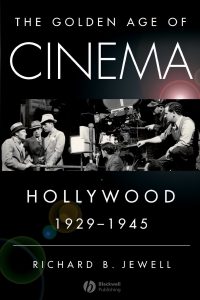 The Golden Age of Cinema: Hollywood, 1929-1945
The Golden Age of Cinema: Hollywood, 1929-1945
Richard B. Jewell
(Blackwell Publishing, 2007)
Additional readings will be posted on Blackboard
Approximately every other week, you will be required to carefully read a book chapter. About every third week, you will complete a worksheet/in-class writing assignment/or Blackboard discussion related to the reading material and in-class screenings. There will also be three in-class exams, a brief oral presentation, and two 4-5 page papers due throughout the semester. You will receive detailed guidelines for each of the longer assignments.
Grading will be determined as follows:
• Blackboard discussions, In-class writing, or worksheets: 15%
• Three Exams (10% each): 30%
• Two 4-5 page papers (15% each): 30%
• Presentation project: 15%
• Class participation (preparedness, speaking in class, attendance): 10%
In order to complete this course successfully, you must demonstrate:
• A working knowledge of American film history up to 1950.
• An understanding of the economic structure of the film industry.
• An ability to understand the role of genre in American film history and how the most popular genres express American social and cultural tensions.
• An understanding of the cultural context which affected the output of the movie studios during this time period.
• Use of the basic technical and critical vocabulary of motion pictures.
• A fundamental knowledge of American film history.
Successful completion of the assignments will require that you hone a variety of skills including:
• The development of an idea from initial inspiration into a coherent, well-reasoned written argument;
• Critical reading skills that can be employed in any field of study;
• Basic research skills that can be employed in any field of study;
• An ability to think, speak and write critically about visual texts.
Viewing History through the lens of the movies
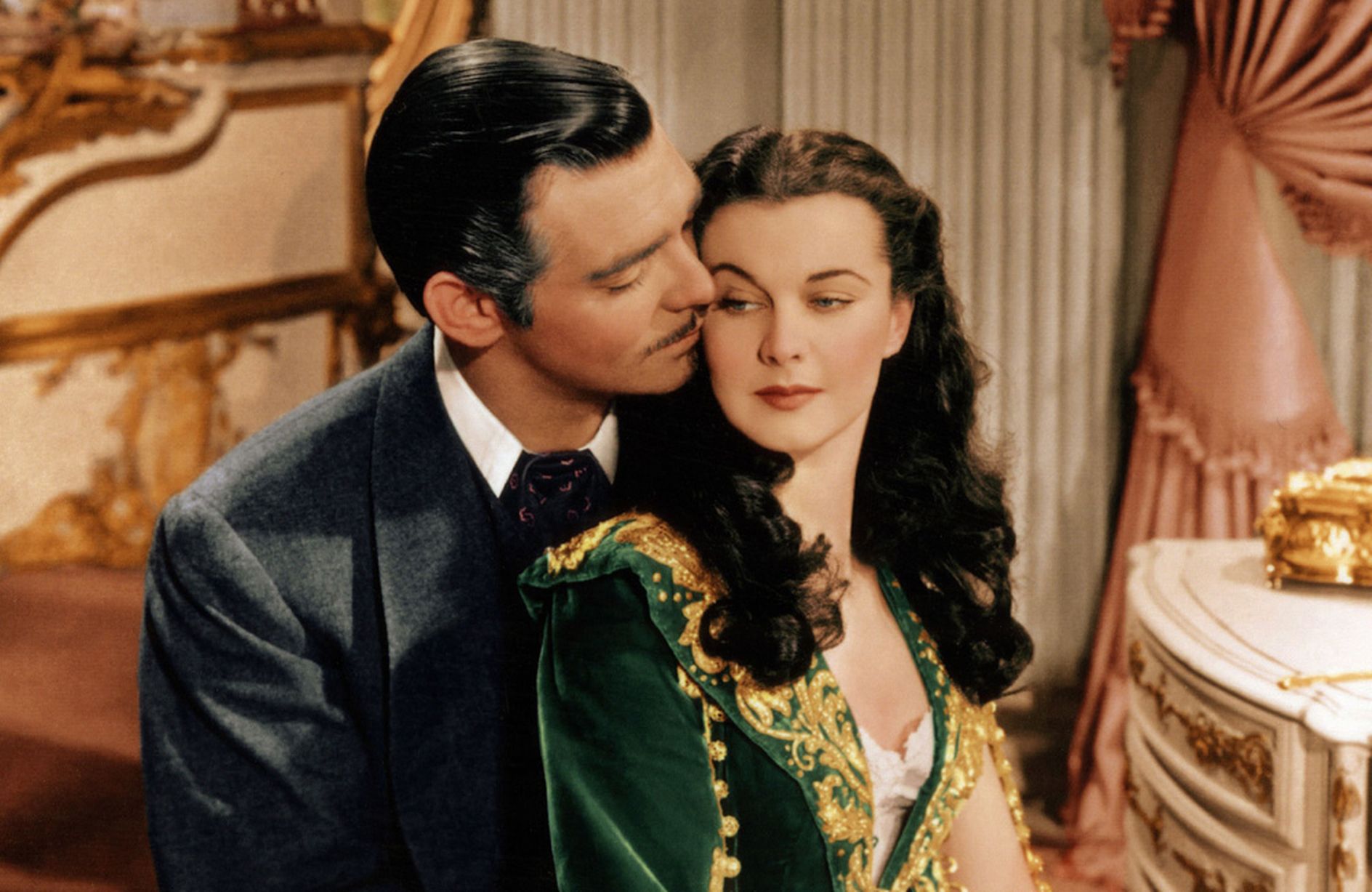
Student Testimonials
“You can see the passion Professor DeRosa has. He loves what he teaches and we love to learn more each and every class. I learned more than I thought I was going to. This could also be seen as a history class because it covers what occurred in the world in this time period.”
Student, Spring 2018
Similar Courses

Hollywood's Golden Age
COURSE NOTES
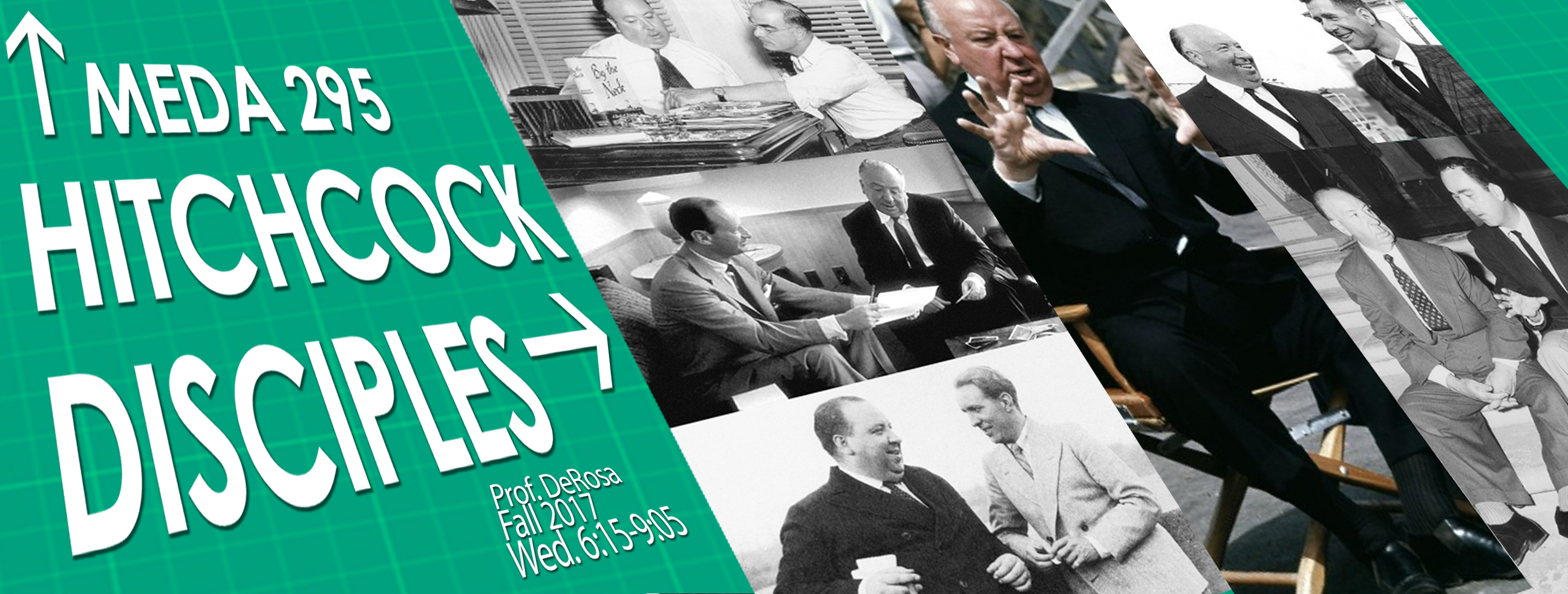
HITCHCOCK DISCIPLES
COURSE NOTES

